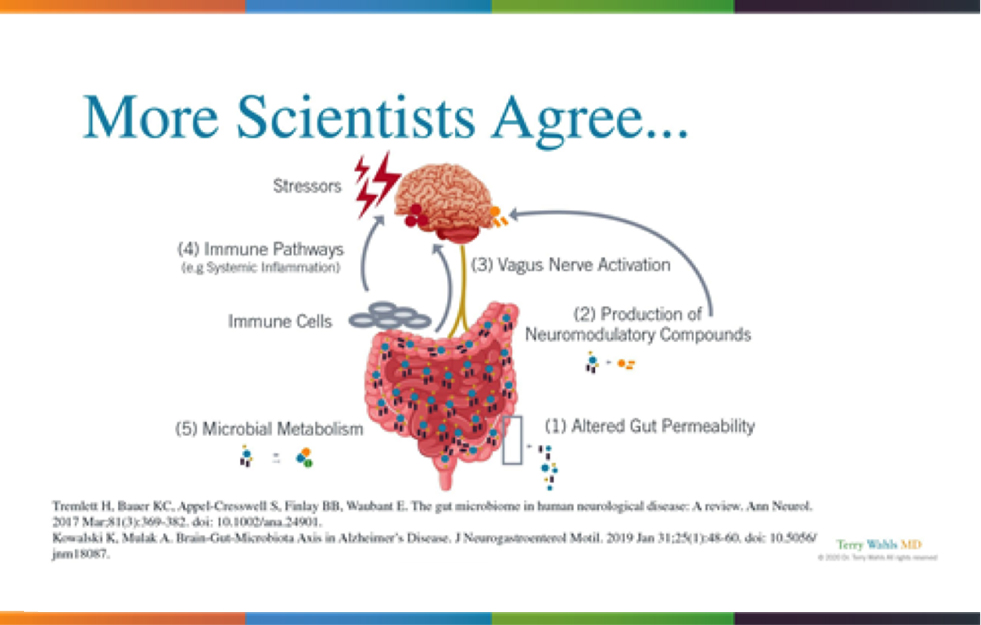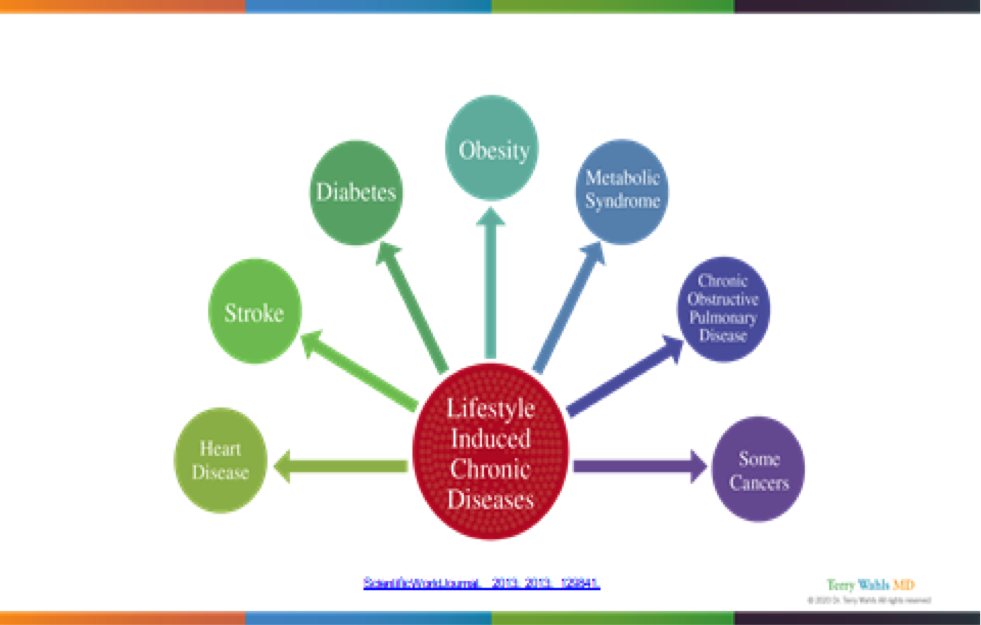Autoimmune diseases occur when the immune system mistakenly attacks and destroys healthy body tissue. Normally, the immune system’s white blood cells produce antibodies to protect the body from harmful substances such as bacteria, viruses, toxins, cancer cells, and blood or tissues from another person or species. But in people with autoimmune disease, the immune system can’t tell the difference between healthy body tissue and the harmful substances and so its response is to destroy the normal body tissues.
There are over 80 autoimmune conditions, each affecting different parts of the body.
For example in type 1 diabetes, the immune system destroys the cells that make insulin. In rheumatoid arthritis, the lining of the joints are attacked. In multiple sclerosis (MS), the coating around nerves is damaged. Examples of other autoimmune diseases are Lupus, Chron’s disease, coeliac disease, Hasitmotis (underactive thyroid disease) and psoriasis.
The British Society for Immunology estimate that there are four million people in the UK known to be living with at least one autoimmune condition. Through its Connect Immune Research report they highlight that people often live with more than one autoimmune condition, a fact the charities describe as “underreported”.





 Book Your 1 Hour Consultation Today!
Book Your 1 Hour Consultation Today!
